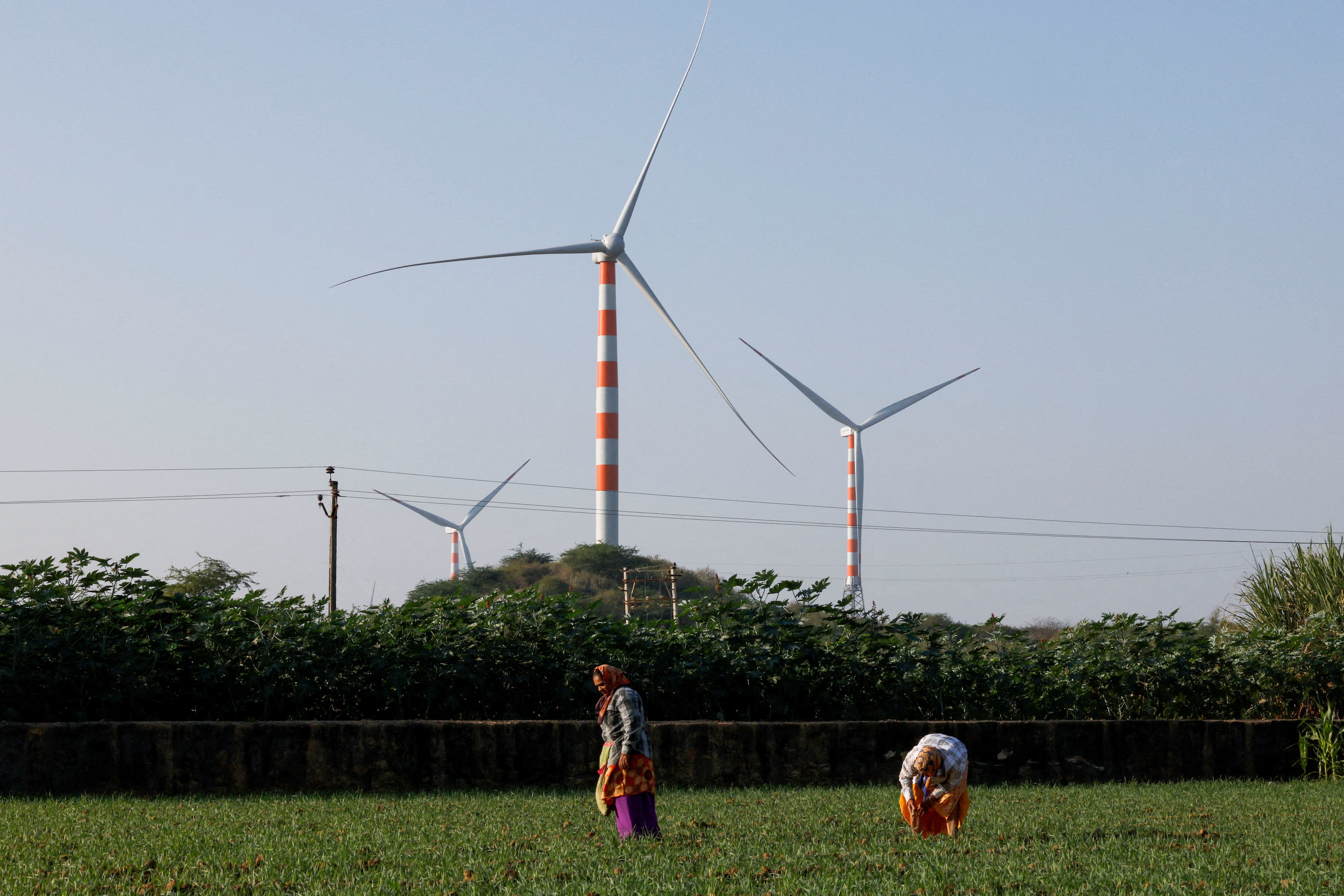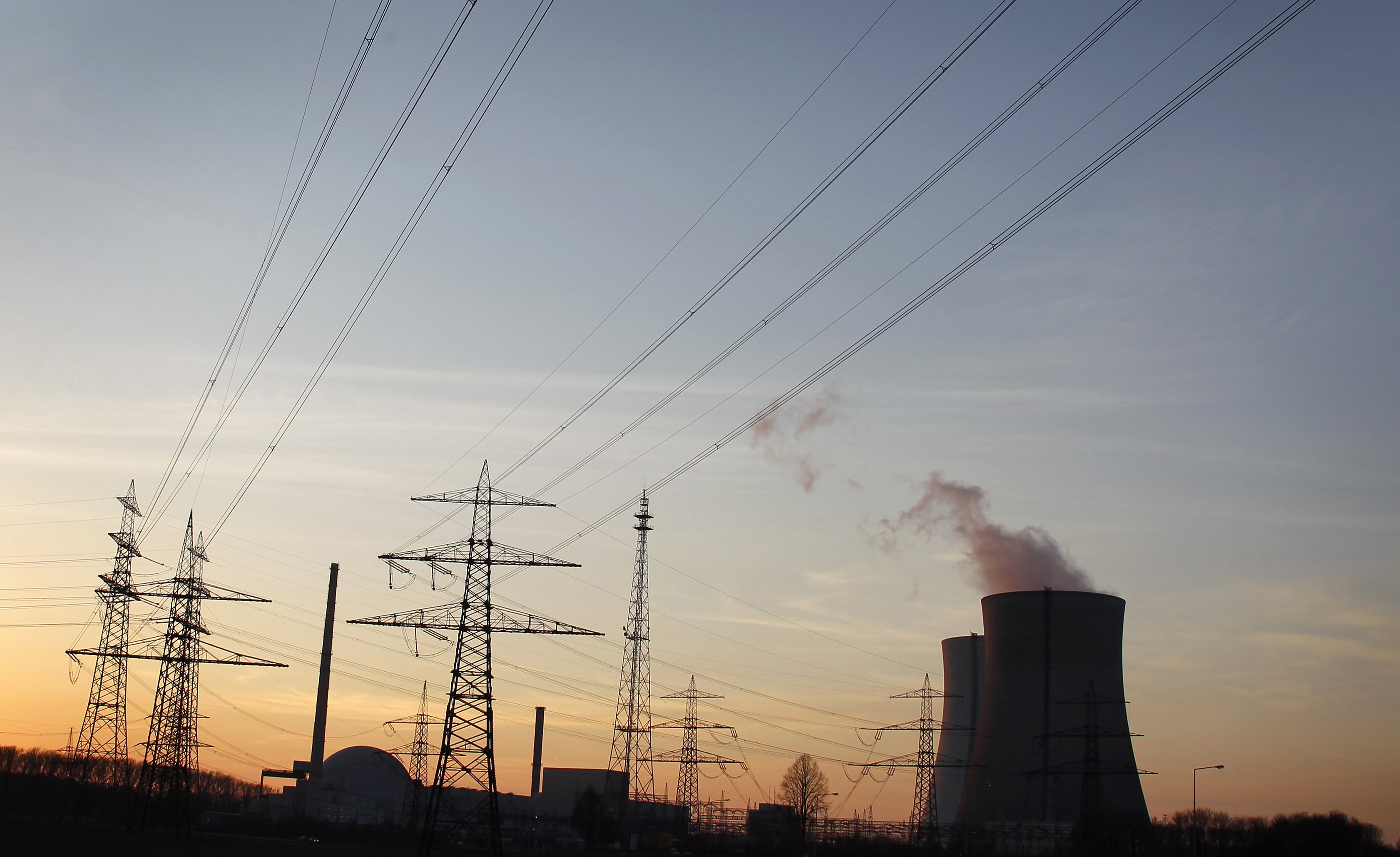This is how Africa can lead the global energy revolution

Traditional power utilities are dying, but the blueprint for our energy future could arrive first in Africa.
Image: REUTERS/Siphiwe Sibeko
Stay up to date:
Decarbonizing Energy
Dramatic declines in the cost of solar power and battery storage are finally giving consumers power over their own power supply.
Most utilities are hoping it will all just go away. In some ways, the disruption of electricity is following the familiar script of most transformational technological change. However the setting for this script might surprise many. The blueprint for our energy future could arrive first in Africa.
The traditional utility acts as a one-way pipeline moving electrons from large centralised generation to passive consumers. The utility of the future will be more like a stock exchange: a mesh network that balances distributed nodes of generation, storage, and consumption.
This global energy revolution will be the defining technological change of our century. A multi-trillion dollar industry will be completely disrupted. Entrepreneurs and large companies are already scrambling for the Schumpeterian spoils from this creative destruction.
Before the advent of mobile phones, few Africans had access to modern telecommunications. Now nearly every African has a mobile phone and mobile money is more ubiquitous in Africa than in developed nations.
Africa “leapfrogged” the old system of copper landlines with sufficient inertia to lead the future of mobile, not just catch up.
Globally, the revolution in power resembles telecommunications two decades ago. New business models are threatening the old guard while promising a better future for consumers. Africa has the same big advantage in this transition: fewer change-resistant incumbents. More than 500 million Africans do not have any power at all.
From household to micro-grids
Africa’s energy leapfrog has already begun with the explosive spread of Solar Home Systems (SHS). These small, autonomous power systems incorporate a solar panel and a battery. They can power lights and charge of mobile phones. This can transform the life of low-income households previously reliant on firewood and kerosene lanterns.
Over the last five years, companies like Off-Grid:Electric, M-Kopa, d.light, and Mobisol have provided solar home systems to more than half a million customers in Africa. Soon they will reach millions. SHS’s success has galvanised large amounts of venture capital and debt financing into Africa. Solar on the continent increasingly looks like an exciting opportunity rather than speculative experiment.
Light and a charged phone dramatically improve the lives of the un-electrified poor. But the technology can do more.
The average American home uses 300 times the power the average home solar system produces. The next step is to provide ‘productive power’: more robust electricity for heavier duty and income generating use like power tools, cooking and irrigation.
The path to widespread provision of productive power is increasingly clear. Larger power systems with increased functionality called ‘micro-grids’ are coming of age.
Micro-grids, as the name suggests, are miniature electricity grids that distribute power through traditional power lines and provide power comparable to main grids. Solar, which scales elegantly upwards and downwards, serves as a modular generation source.
Battery technology to store power at the village level has become viable. Smart metering and mobile money enable low-friction billing and customer management. Micro-grids have arrived and will accelerate Africa’s march towards a distributed future grid in two important ways.
First, and most importantly, aggregating demand and generation on a micro-grid unlocks the provision of productive power. The key difference between a micro-grid and a solar home system is the efficiencies created when generation and load are aggregated and “smoothed” among many customers.

Simply put, aggregation enables lower pricing. Autonomous systems are less efficient and even a steep reduction in the cost of battery storage will not change this fundamental reality.
As an extreme example, when you power your TV remote with AA batteries you are paying well over $100/kWh. Most solar home system companies sell power for around $5/kWh. Compare that to the $0.10-20/kWh that most on-grid customers pay, and the economic imperative for sharing and spreading through a grid becomes clear.
Second, micro-grids are autonomous but can also be building blocks of a larger smart grid that delivers even more aggregation and smoothing. Eventually micro-grids can become capillaries of a distributed grid, solving another key challenge that plagues African utilities: connecting people within the last few hundred metres of their power lines.
In Kenya, for example, more than half of the off-grid population lives within 600m of a low voltage line, with the segment within 200m sometimes referred to as “under grid” households. Building distributed micro-grids to connect these people, and then integrating these micro-grids into the main grid, solves the problem of building this final component of connectivity.
Battery storage and solar PV on the micro-grid can also provide stabilisation and additional power to the main grid, creating a national smart grid from the ground up.
Micro-grids are not a theoretical idea. Companies like PowerGen are already making them a reality. Every day in east Africa, customers on micro-grids are pressing a few keys on their mobile phones to transfer money to their energy accounts.
They are instantaneously rewarded with a balance confirmation that assures them continued use of their lights, blenders, TVs, refrigerators, and other appliances. Businesses like movie halls, restaurants, and hair salons are blossoming. Productive power allows communities to prosper.
We will all benefit from the transition of power taking place around us. Power will be cheaper, smarter, cleaner, and more flexible.
The foundations for that energy future are being laid today, and in Africa the setting is perfect to build the optimal architecture from the bottom up.
Don't miss any update on this topic
Create a free account and access your personalized content collection with our latest publications and analyses.
License and Republishing
World Economic Forum articles may be republished in accordance with the Creative Commons Attribution-NonCommercial-NoDerivatives 4.0 International Public License, and in accordance with our Terms of Use.
The views expressed in this article are those of the author alone and not the World Economic Forum.
Related topics:
Forum Stories newsletter
Bringing you weekly curated insights and analysis on the global issues that matter.
More on Energy TransitionSee all
Gaurav Upadhyay and Labanya Prakash Jena
August 8, 2025
David Timis
August 8, 2025
Forum Stories
August 6, 2025
Marina Colombo and Lynn Kappes
August 6, 2025
Sverre Alvik
August 5, 2025
Michael Wang
July 28, 2025





